AGGIE GREEN FUND  TEXAS A&M UNIVERSITY
TEXAS A&M UNIVERSITY
AGGIE GREEN FUND  TEXAS A&M UNIVERSITY
TEXAS A&M UNIVERSITY

By installing PV panels on the roof of the Langford Building, this project aims to reduce the amount of energy required from the central power plant on campus. In addition to, providing a learning opportunity for students using real-time monitoring data, related course instruction, and expanding the sustainability of the Langford complex.

A poor built environment can lead to dangerous road conditions for cyclists. Green bike lanes identify a dedicated space for cyclists, making vehicle drivers more aware of their presence and increasing safety.
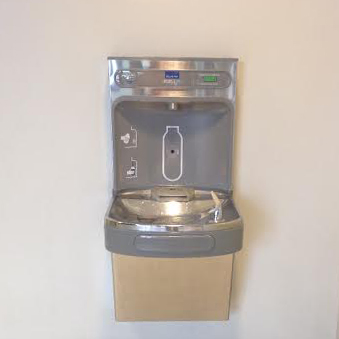
The Department of Residence Life expanded its project to install water bottle filling stations to every floor of on-campus residence halls; including new additions in the Corps Quad, the South Commons, and West Campus.
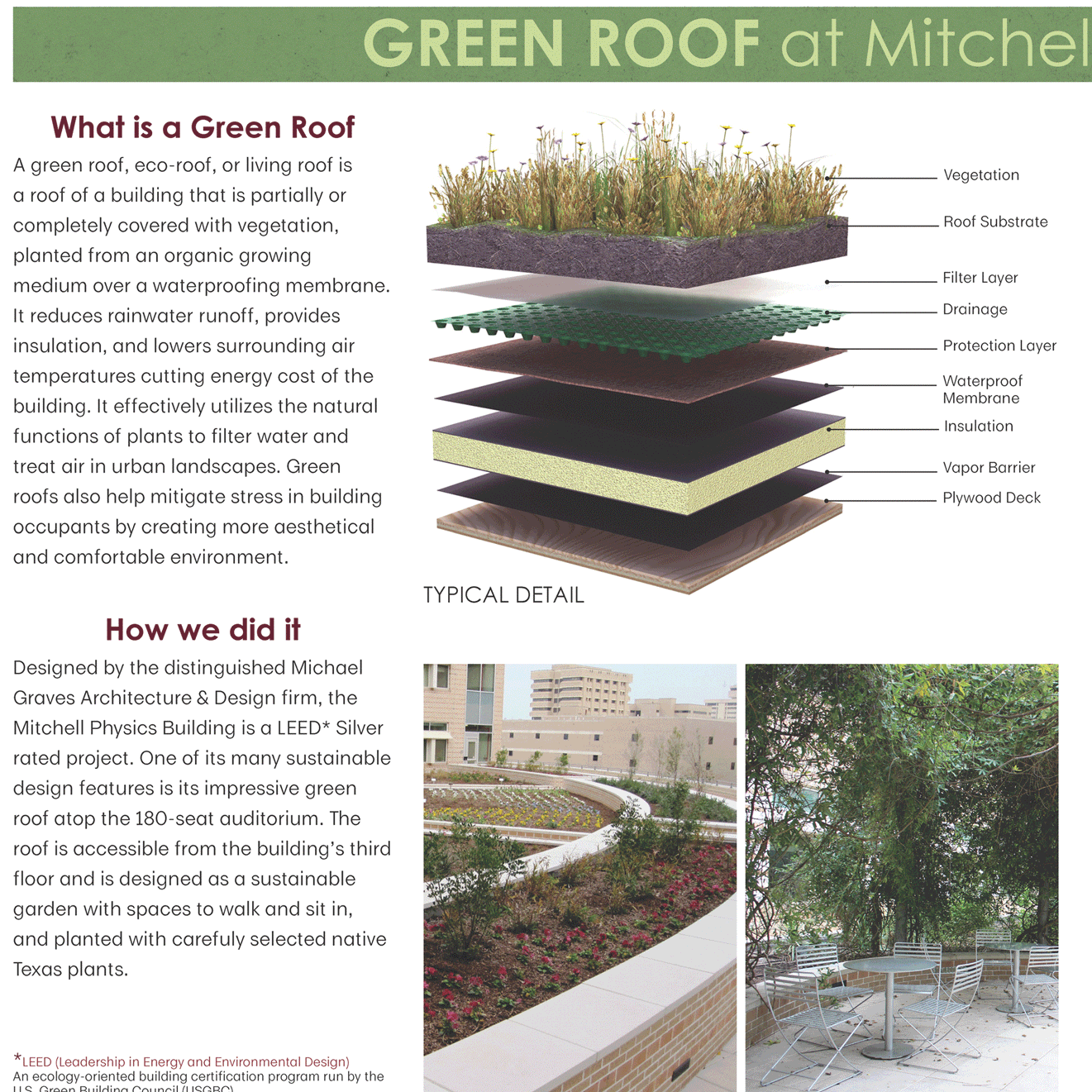
This campus signage project from the Office of the University Architect will install seven educational signs throughout campus that provides educational and inspirational information regarding integrating sustainability with the built environment. This will also build on the goals of utilizing campus as a learning living laboratory as outlined in the 2017 Campus Master Plan.
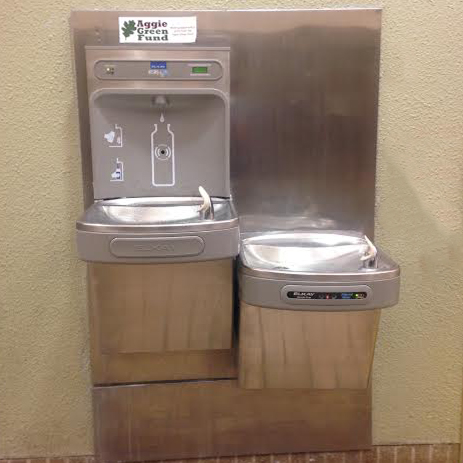
With this project, the Biomedical Engineering Society provided the many students, faculty, and staff in the Emerging Technologies Building with a place to fill their water bottles, reduce waste, and make healthier choices.
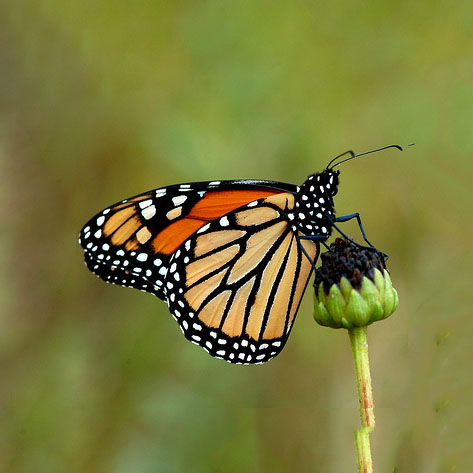
Texas A&M’s chapter of Circle K International installed a Monarch Butterfly garden on campus to promote international efforts in sustainability and help the declining butterfly population.
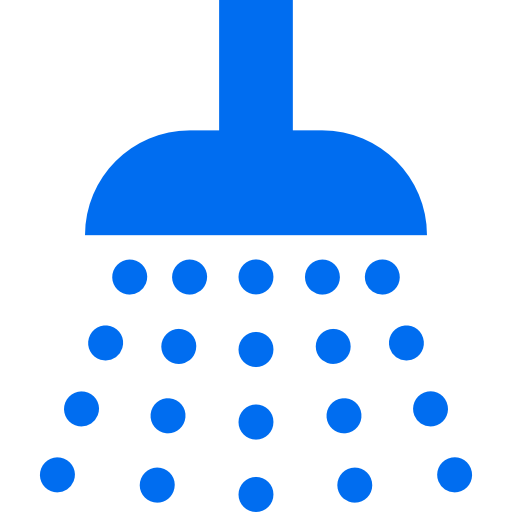
This project addresses the low quality and extreme wastefulness of the community restrooms on campus. The purpose of installing water-efficient showerheads in these community bathrooms is to significantly reduce water waste, improve the quality of the bathrooms, and decrease the amount of time residents spend in the showers.
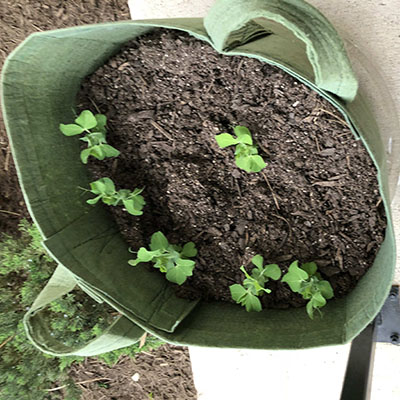
This is a program designed to encourage students living on-campus to eat more sustainably by learning about local agriculture and by growing their own vegetables in their dorm. Students were given supplies to start window gardens in their dorm and taught the necessary skills to grow plants, with the hopes that this will generate life-long interest in sustainable agriculture, reduce food waste, and produce fresh food for students on-campus.

Sanitary door openers can reduce paper usage in restrooms and allow the university to save money on purchasing paper towels. This project installed sanitary door openers on restroom doors for every floor of Evans Library.
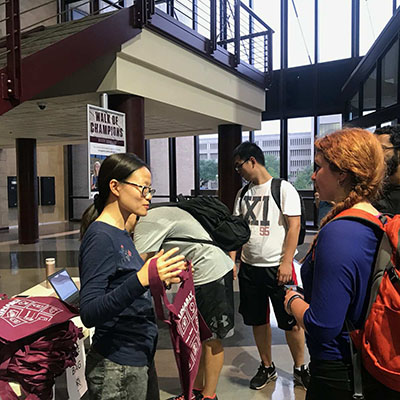
This project distributed free reusable tote bags with sustainable living tips on them to students across Texas A&M campus. The goal of this project is to reduce the number of plastic bags that end up in our landfills each year and instill everyday sustainable habits.